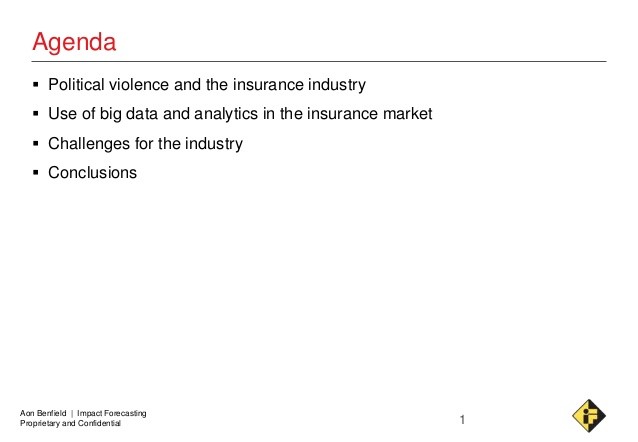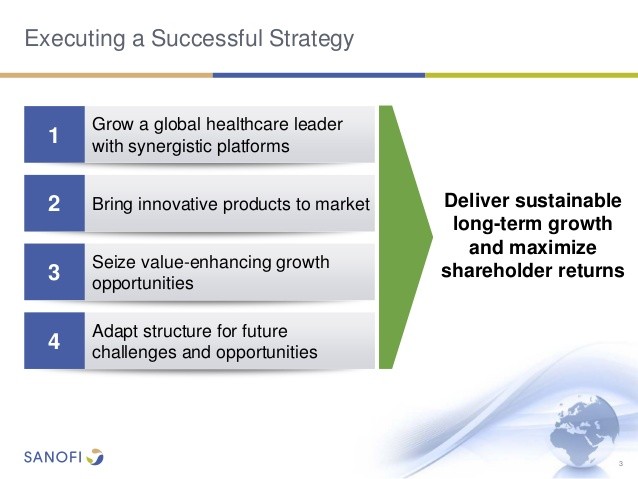Peter Lynch On Playing The Market_2
Post on: 10 Июль, 2015 No Comment

Peter Lynch became a legend in the investment industry at a time when fund managers were anything but the celebrities they are today. Lynch took control of Fidelitys Magellan Fund in 1977 when assets under management amounted to just $18 million. Thirteen years later, Magellan had grown to $14 billion in assets, and Peter Lynch had delivered an annualized return of 29%. This occurred while managing a diversified equity portfolio rather than reaping the rewards of a few great investments.
Five Lessons of Peter Lynch
What made Peter Lynch great, and what are the five ways we can improve our investment approach based on Lynchs experience? Here are a few takeaways from his teachings:
First, exploit your unique knowledge, because it may give you an edge. Each of us has one or more narrowly defined areas of knowledge in which we are among the best among our peers. If you are a dentist, you may know from first-hand experience which equipment is the best. Other things equal, the best equipment is likely to gain market share among fellow dentists. Several years ago, my New York dentist raved about Sirona Dental Systems (SIRO), well before the company became an investor favorite.
Second, if you need the money, do not invest in stocks. Despite the impressive track record Peter Lynch amassed from 1977 to 1990, he warned investors that buying stocks was the wrong choice if they needed capital in the foreseeable future. According to Lynch, stocks were likely to outperform over long periods of time, but there was no telling how they would do over a two- to three-year period. Investors who do not have the stomach to take mark-to-market losses should not invest, as they will be tempted to sell at precisely the wrong times.
Third, if a company is cheap enough, no growth is needed. While Peter Lynch is widely viewed as a growth-at-a-reasonable-price investor, he makes it clear that no-growth situations are fine, as long as the price is right. Lynch cites the example of a $100 stock that has earnings of $50 per year. At a P/E ratio of 2x, the company does not need to grow earnings in order to deliver a good outcome for shareholders. Investors get their money back (in terms of earnings) in two years, rendering any future earnings a bonus.

Fourth, use a baseball analogy to decide when to invest in a growth stock. Interestingly, Peter Lynch does not advise us to invest in a fast-growing company in the first inning of a nine-inning game. Rather, he says that investing in the second or third inning is optimal. This is when a company has figured out the right growth formula but still has plenty of time to play the game. There is no need to be the first into an investment. It pays to wait until a company has proven that it can grow, and do so profitably.
Fifth, seek evidence before you invest in a turnaround. Peter Lynch does not shy away from turnarounds, as they can produce spectacular investment returns. However, he warns of the difficulties facing businesses that undergo a turnaround. Lynch admonishes us not to take success for granted in a turnaround, but rather to wait for some evidence that the turnaround is likely to succeed.
As of 2013, despite his retirement, Peter Lynch appears to remain somewhat active in the stock market for his personal account (view his ownership filings with the SEC). If you wish to learn additional lessons from the experience of Peter Lynch, you may enjoy his investment classic, One Up On Wall Street . Finally, you may enjoy watching the following video, in which Peter Lynch explains his timeless approach in easy-to-understand terms.














